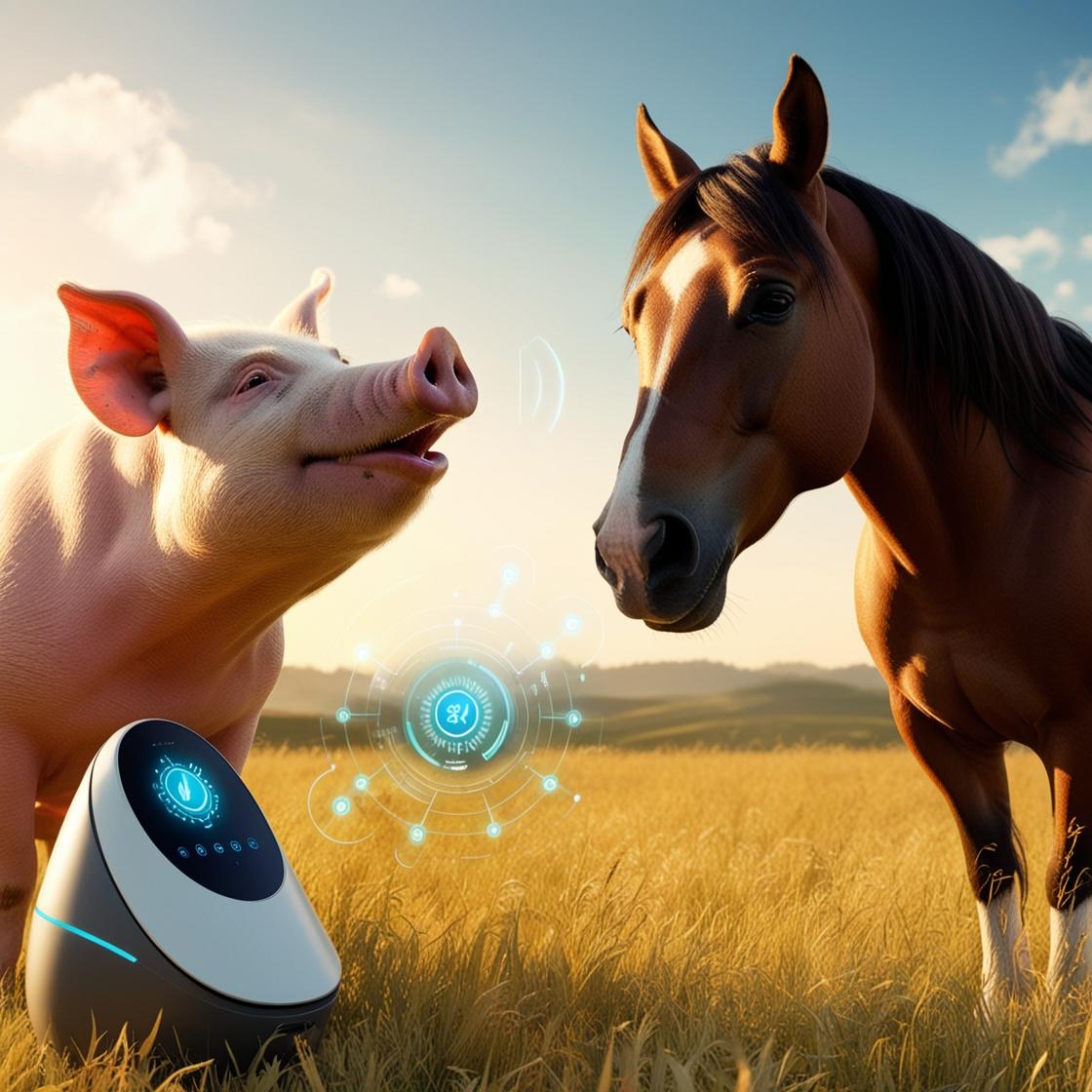Animals can’t say what they feel. But they can show it—sometimes with behavior, sometimes with… voice. Scientists have spent years trying to understand what the different sounds made by animals mean. Artificial intelligence finally came to their aid. The latest study, conducted by an international team of scientists from the University of Copenhagen has shown that AI can recognize emotions hidden in the sounds of as many as seven different hoofed animal species.
How does AI recognize emotions?
Our bodies reveal what we feel. Our heartbeat, breathing and voice change. The same happens with animals. Their voice becomes higher or lower, the sounds they produce are shorter or longer, quieter or louder. Sometimes in a way imperceptible to the human ear. However, AI won’t miss a thing.XGBoost algorithm analyzed thousands of animal vocalization recordings, searching for repeatable features that could indicate specific emotions. And it found it them! Sounds of joy or peace are usually shorter, more subdued, with fewer high tones. On the other hand, when an animal feels stressed, its vocalization becomes longer, more “tremulous” and full of tension.






